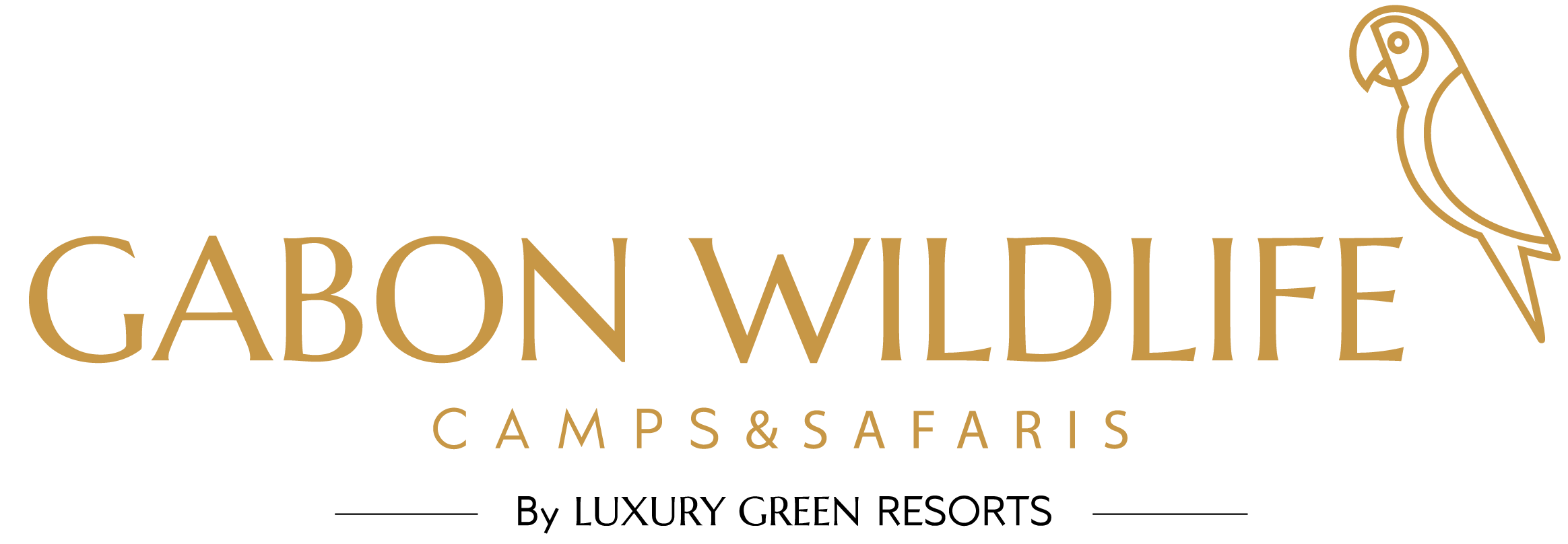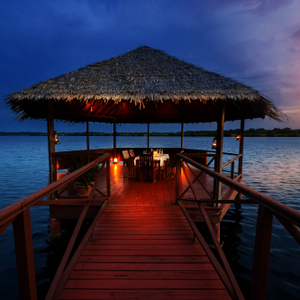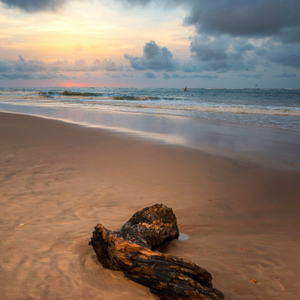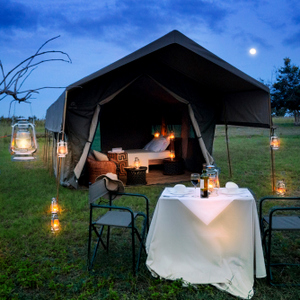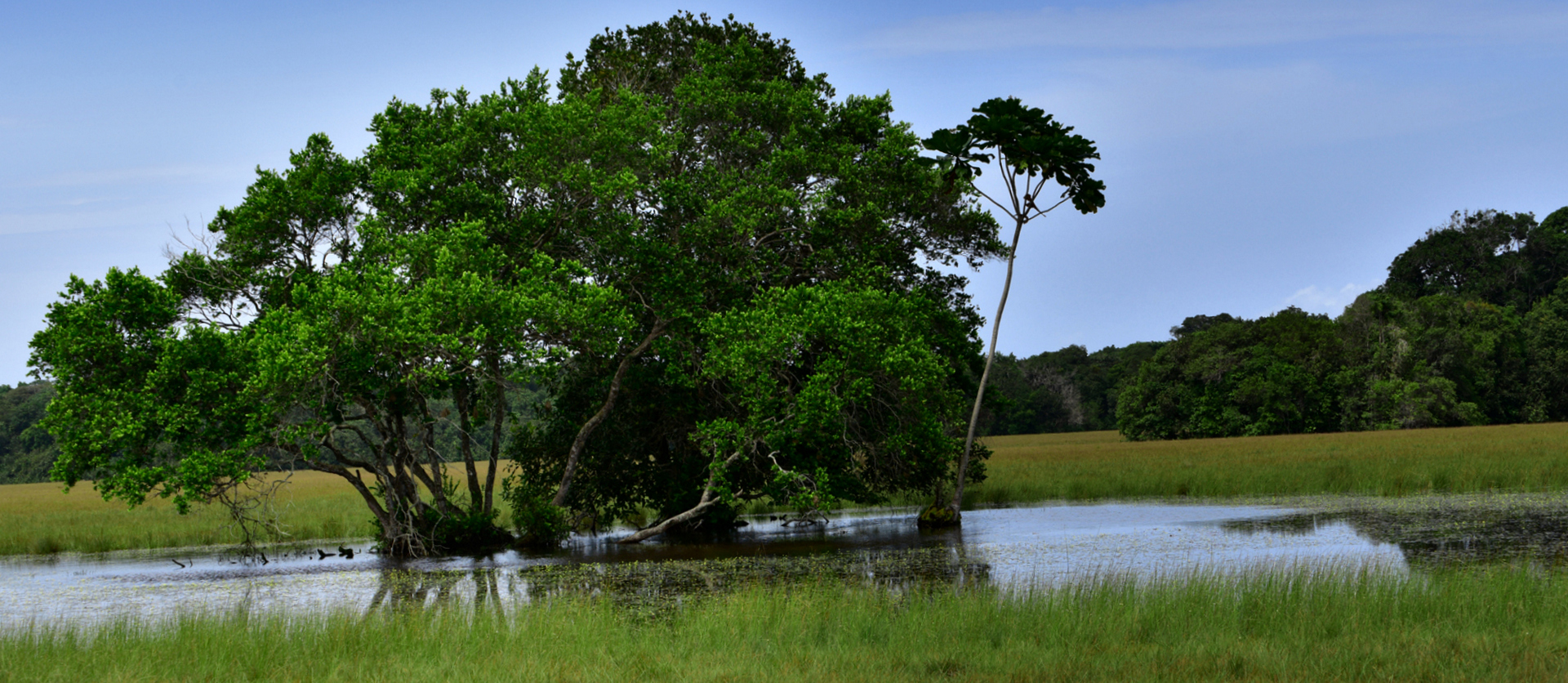
Conservation of Green Gabon
As Gabon’s national park concessioner, Gabon Wildlife Camps & Safaris’ mission is to create a unified and sustainable tourism development model for the preservation and protection of Gabon’s rich biodiversity. This includes working with leading conservation organisations, research institutes and local trackers who educate guests on the environmental effects of human impact and the significant ecosystems that are vital to the survival of all wildlife.
In the same way, our low-impact tented camps, bungalows and nature lodges serve as a benchmark in creating the most authentic ‘green safari’ experiences — from the way we source and use natural building materials, conserve water and implement the effective use of waste treatment and disposal, to the way we create sustainable menus and leave a soft footprint on all nature trails.
Our vision is to share Gabon’s most pristine assets not only with our guests but leave the park’s natural habitats in their wild, beautiful state for future generations.
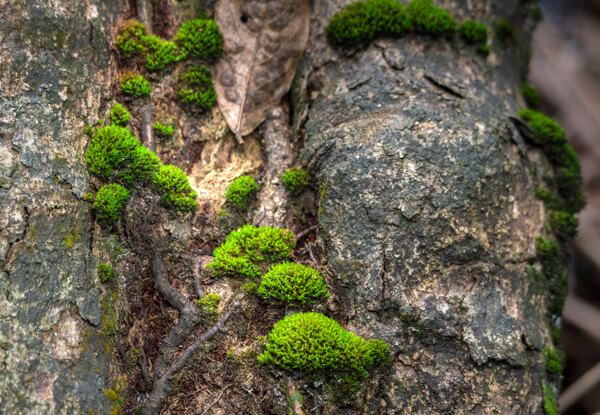
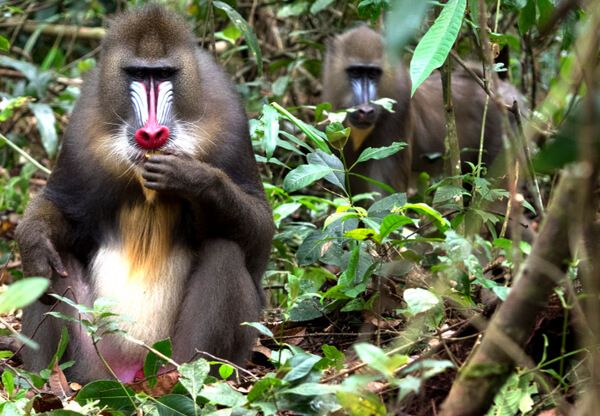
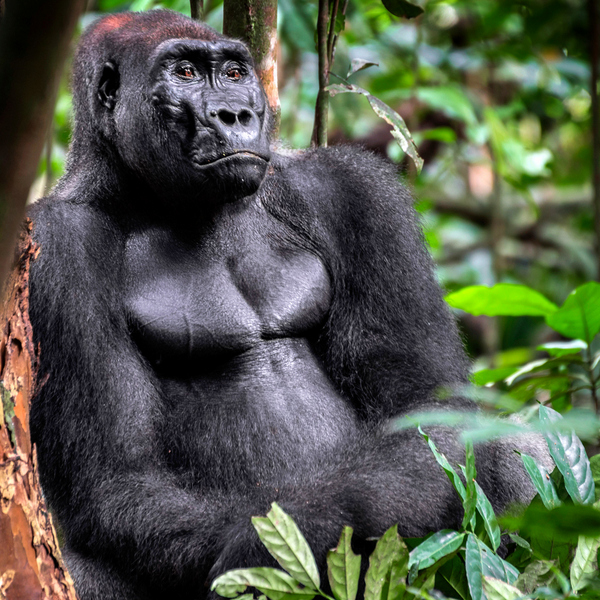
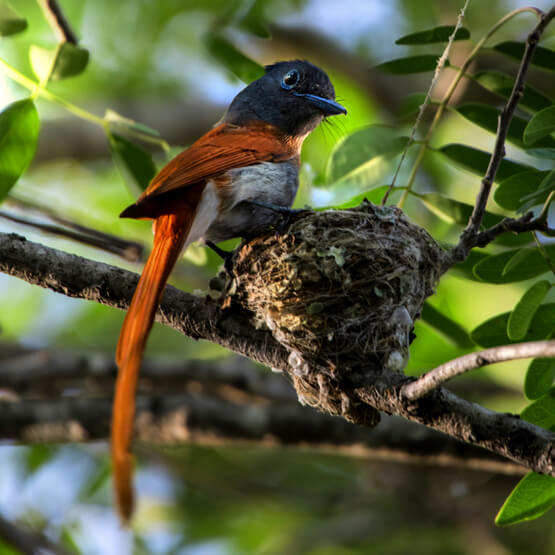
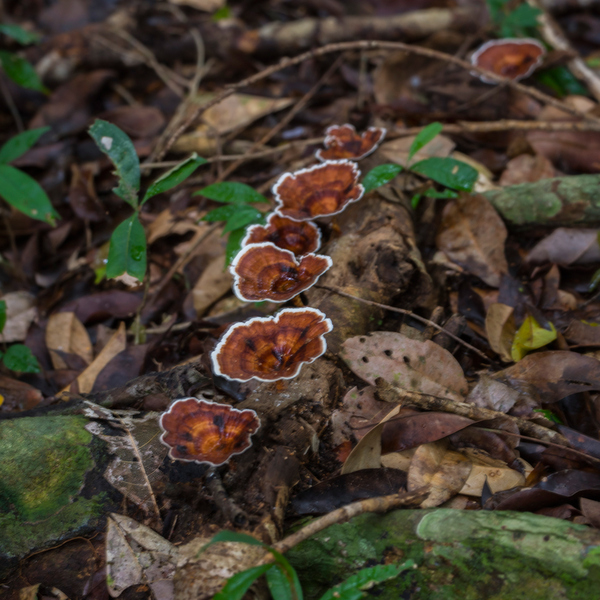

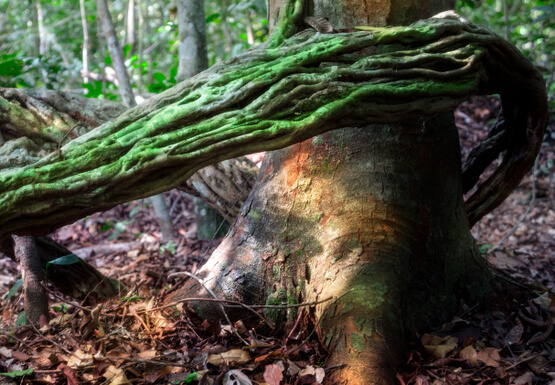
[Above]: Unique eco-sytems that nurture sequestered worlds; in the trees, along the waterways and beneath the leaves on the forest floors. Minimal disturbances are not only vital in the ecological sustainability of the national parks but also serve as the foundation of our low-impact safaris.
gabon's custodians
There is a forest tree we often come across in Loango National Park — a towering behemoth covered in lichen and shavings of ancient bark. At the foot of its massive trunk lies an entanglement of roots — twisting and turning like a biblical serpent through the thick damp mulch and colourful fungi. Polypores in bewitching hues of burnt orange, wooded-brown and vermillion.
Our tracker, Karl crouches down to study them before he lightly scoops up a scattering of leaves. There’s nothing spectacular about the moment until he carefully turns them over his cupped hands. Suddenly, an explosion of black ants march towards his wrists and arms and another interconnected community is revealed — a frenetic yet hidden world where thousands of insects are altering and shaping the forest’s future evolution.
Today, the tropical forests of Gabon occupy almost 85% of the country — over 22 million hectares of ancient ecosystems that nurture 969 recorded species including mammals, birds, reptiles and amphibians, and over 6650 species of vascular plants. And entwined in the trees are the spirits of Gabon’s forest-dwelling pygmies — the ‘people of the forest.’ Ancient sorcerers that play a pivotal role in Gabon’s Bwiti culture; one of three major religions practised throughout the country.
At the centre of the religious rituals is the iboga plant, which its hallucinogenic bark roots are used in the initiation rites of young men. It is a ritual many pygmy trackers have seen before. We listen to Karl tell his own story before he turns away to place one hand on the tree. He then leans in towards the trunk and remains very still just as the echo of lusty bird calls pierce the silence of the forest.
The ancient spirits soon speak to him.
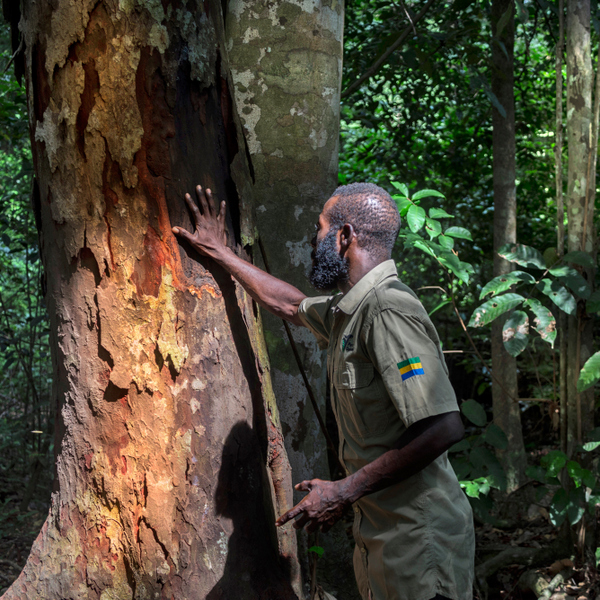
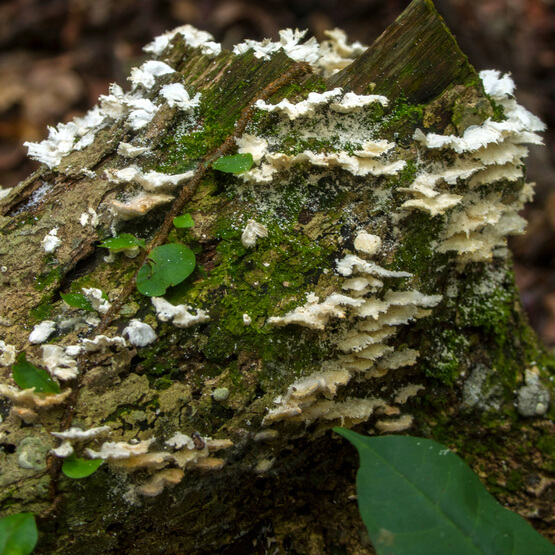
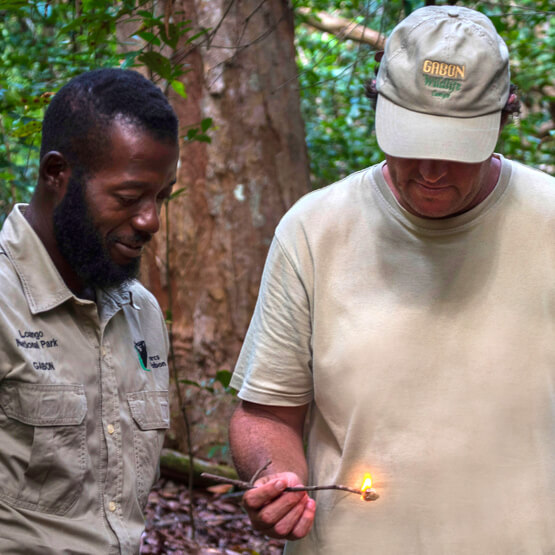

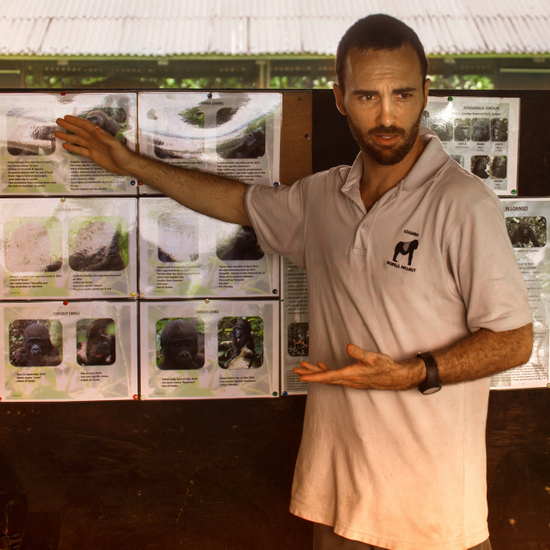
safeguarding gabon's gorillas
In 2005, the Loango Gorilla Project was established by the Max Planck Institute of Evolutionary Anthropology to focus on the long-term studies into the park’s western lowland gorillas’ ecology and behaviour. Along with conducting ongoing field research, the aim of the project was to also develop eco-tourism and community initiatives in collaboration with The National Agency for National Parks [ANPN].
In 2011, the Institute began habituating a small family of gorillas known as the Atananga troop. Their habituation involved daily and neutral interactions with researchers and the gorillas from a distance. The painstakingly slow but progressive approach not only helped eliminate potential aggression but also allowed the gorillas to accept humans as part of their natural environment. Following the success of the program, researchers began habituating another family of gorillas in Loango National Park in 2018.
In the same way, field researchers studied other gorilla populations and their movements across Loango National Park by using camera traps, local trackers and collating genetic analysis of scat piles. As a result of their lengthy studies, they found that the different troops across all park populations varied in social behaviours, primarily due to close-set social interactions and their unique environments.
An important and engaging educational activity featured in our Loango National Park safari program, ANPN now hires over 18 pygmy trackers to locate the Atananga troop; a direction that injects vital revenue into communities that once relied on bushmeat for their survival.
Since the introduction of the Loango Gorilla Project, there has been a significant reduction in illegal poaching, habitat loss and the spreading of disease. Today, more than 1,500 western lowland gorillas now live in the park.
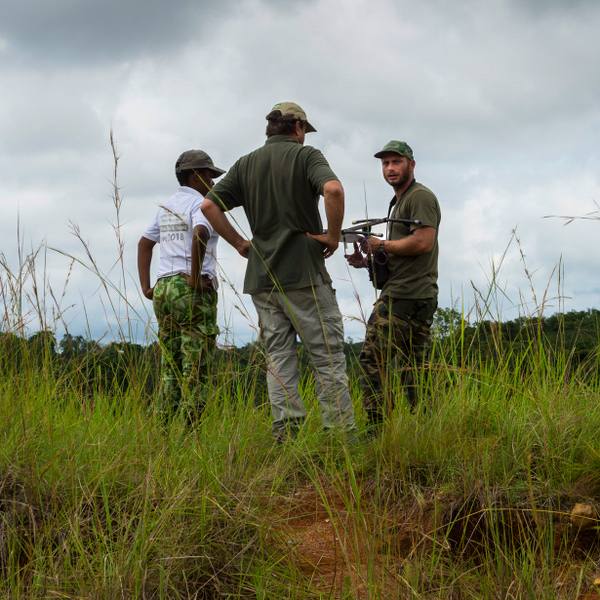
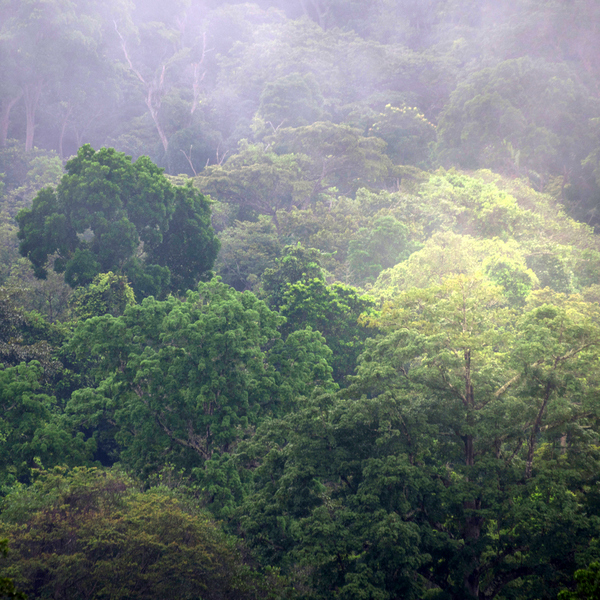
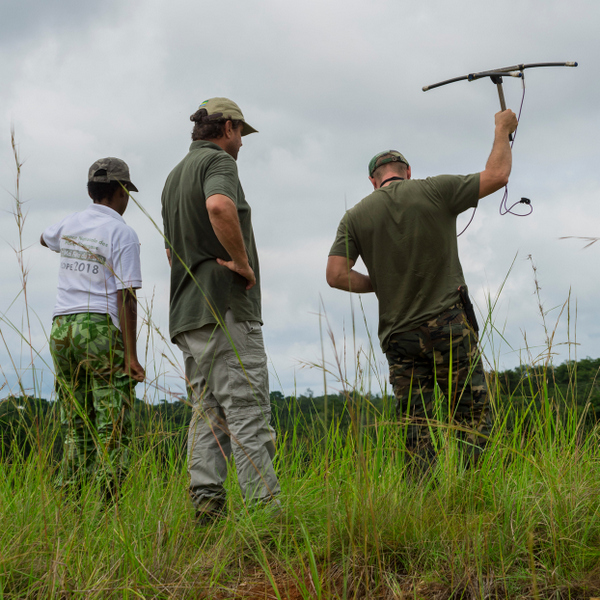
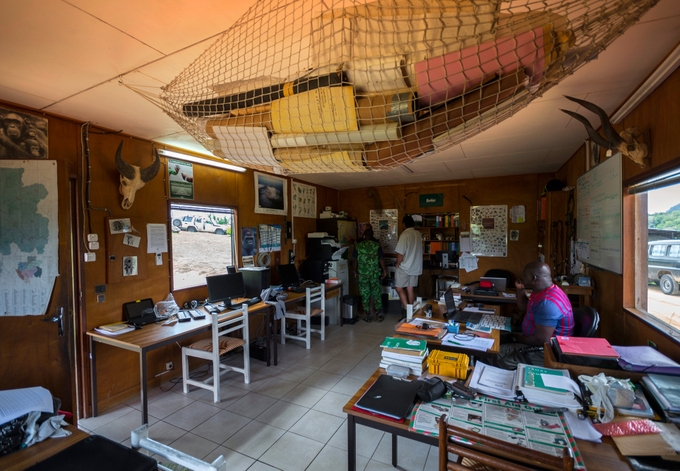
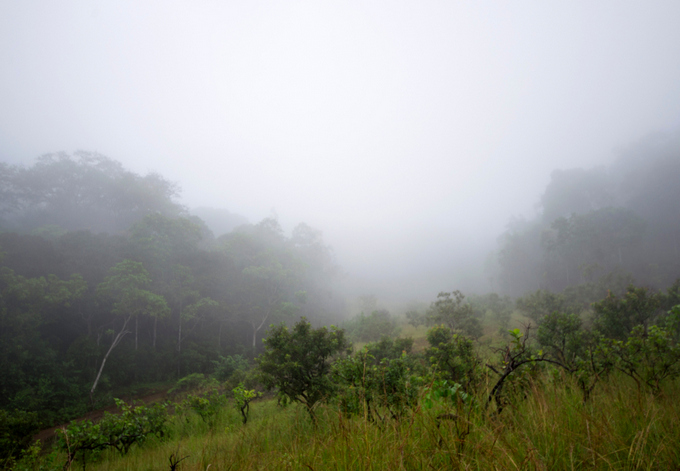
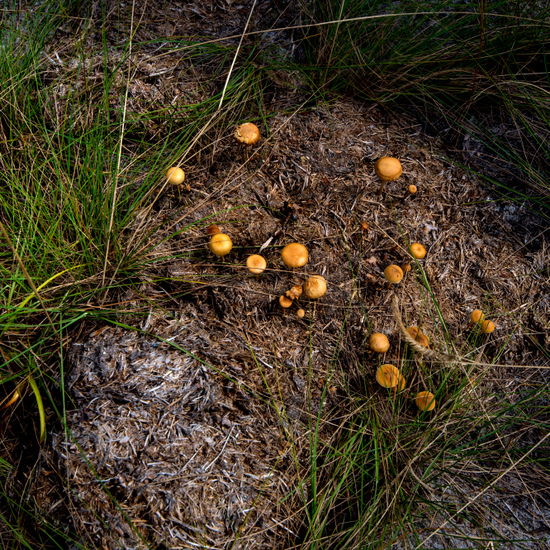


[Above Top Row]: Tracking collared mandrills with a field scientist in Lopé National Park. [Middle and Bottom Row]: Scientists and trackers discuss the day’s gorilla and chimpanzee sightings at the Max Planck Institute of Evolutionary Anthropology research centre in Loango National Park.
